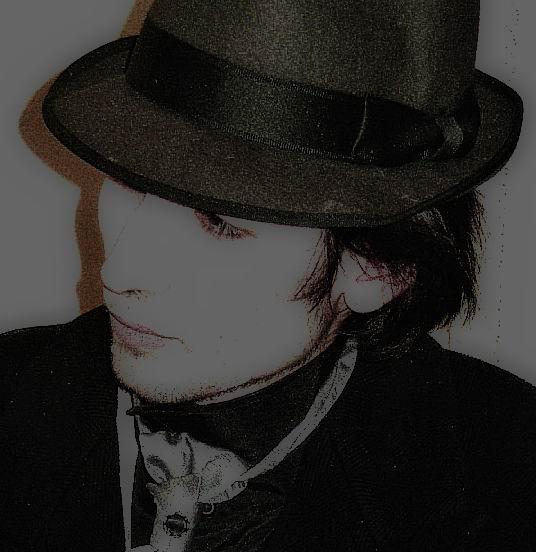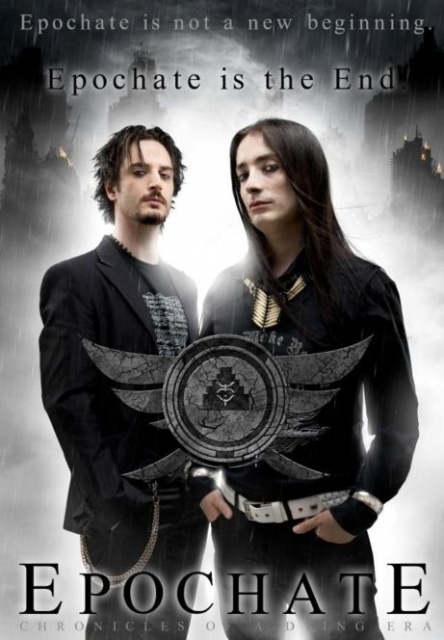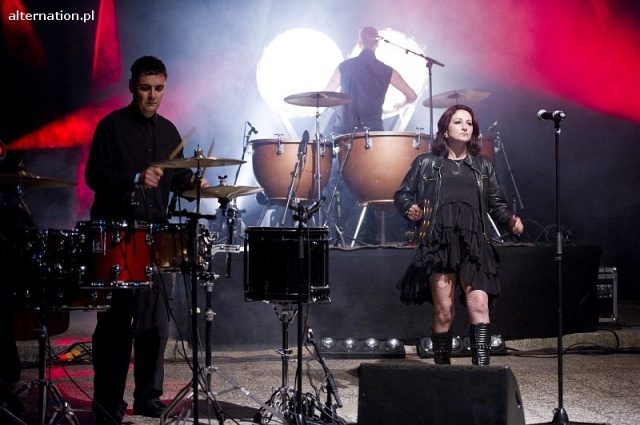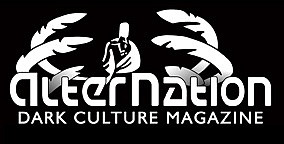Neoclassical
Neoclassical means different things in different genres of music. In the early and mid-20th century it was an anti-romantic trend in which composers were influenced by the music and aestethics of the music of the Viennese classical, baroque and renaissance eras. The most famous neoclassical composer was Igor Stravinsky with such works as Pulcinella, Oedipus Rex and The Rake's Progress.
Later neoclassical has meant music of several genres with classical influences: neoclassical dark wave, neoclassical new age and neoclassical metal.
Inspired by early music and modern classical, Neoclassical combines an atmospheric, orchestral approach with the dark and melancholy aesthetics of dark wave. Neoclassical makes extensive use of orchestral elements, typically where budget permits; many bands utilize orchestra-derived synthesizer samples, while some better-known groups such as Elend make use of chamber orchestras and other acoustic instruments. Vocals in the subgenre can vary; many Neoclassical groups make use of opera- or madrigal-like vocals are seen in the genre, as are purely instrumental groups. Several bands in the subgenre are notable for a martial approach, including heavy use of snare drum and militaristic themes.
Neo Classical composers focus on rigid structure, mathematical precision, and the simple rewards found in a pretty melody. Armed with both foresight and hindsight, they return to traditional forms with innovative spirit, leaving behind contemporary stylistic trappings atonality, serialism, and Minimalism. Composer Maurice Ravel helped develop musical Impressionism with such works as the ballet Daphnis et Chloe, a fresh piece with lilting, free-flowing passages, it captures both a feeling of stately drama and galloping, sensual exuberance. For all that forward-thinking, Ravel was keenly interested in distinct rhythmic and melodic structure, often using strict three- part sonata form and deriving many of his compositions from that of Baroque, Classical, and Romantic composers. His "La Valse" was an homage to Johann Strauss (creator of such non-revolutionary classics as "The Blue Danube"), utilizing Viennese Waltz rhythms and a strong melodic sense.
Artists belong to the genre
![[haven]](/images/artists/201009152009521490910.jpg) |
[haven] |
Country: Polska / Poland / Date of establishing : 2005-01-11 |
 |
Ad Ombra |
Country: Rumunia / Romania / Date of establishing : 2005 |
 |
Arcana |
Country: Szwecja / Sweden / Date of establishing : 1993 |
 |
Epochate |
Country: Włochy / Italy / Date of establishing : 2008 |
 |
Gothica |
Country: Włochy / Italy / Date of establishing : 1994 |
 |
Hexperos |
Country: Włochy / Italy / Date of establishing : 2004 |
 |
In The Nursery |
Country: Wielka Brytania / United Kingdom / Date of establishing : 1981 |
 |
Ioannes Aurelius Serpentor |
Country: Polska / Poland / Date of establishing : 2003 |
 |
Triarii |
Country: Niemcy / Germany / Date of establishing : 2004 |
Pages:
1
1
